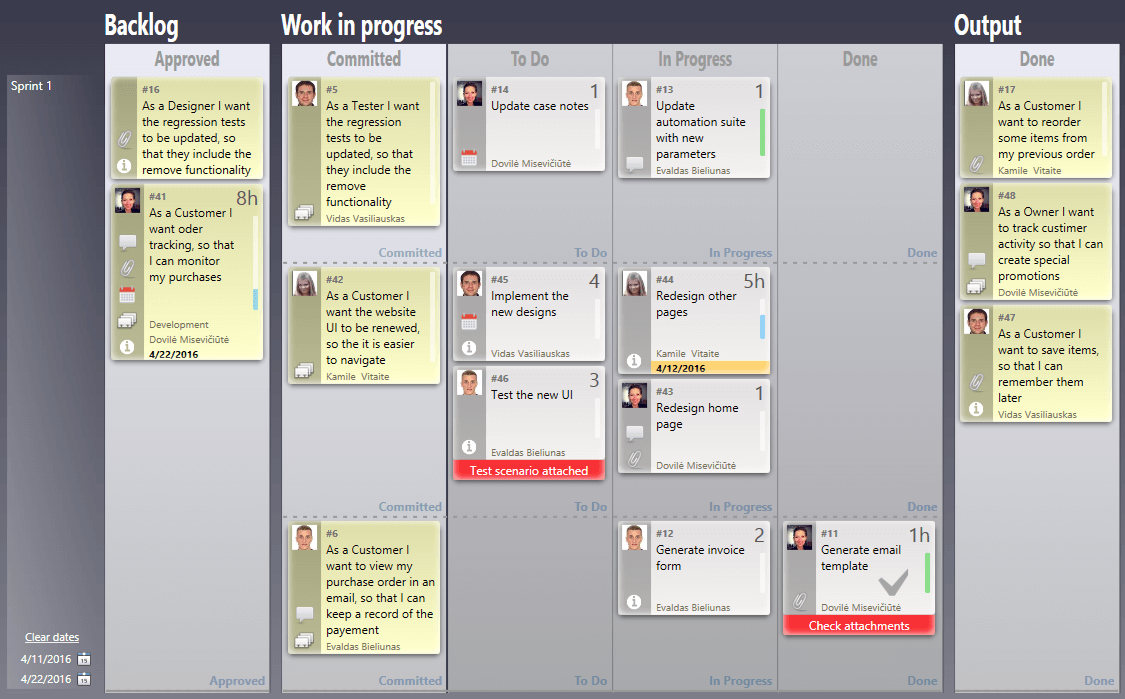Being active members of project management community we often encounter questions on what is the best project management software, how to find the perfect solution and what would best fit in one situation or another. And while sometimes a recommendation can lead to a gem in a sea of tools, more often it provides an option that is just okay, but not great. Therefore, it is important to realize that finding the perfect tool is a job you and your team will have to do on your own.
The good news is we are here to help guide you towards that perfect option and have some simple tips on how to get there.
1. It is not a popularity contest
When looking for your next company tool, you will inevitably want to do research online, ask for opinions and statements from other teams that have tried it. And while this is all great, you should always take the opinion of others with a grain of salt. A tool may fit one company perfectly and be completely wrong for another. So before looking into the vast array of options online and trusting the most popular tool is the best, you should lay some groundwork first.
2. Analyze your processes
Instead of jumping online and reading hundreds of reviews, the first thing you should do is analyze your team and company processes. If you already know them by heart – great, if you need some time to get the hang of it – do it. By making yourself familiar with what happens on a daily basis you will be able to see how a tool can help your team and better understand what it needs to be instead of making presumptions based on the opinions of others.
3. Create the Must-have list
After cracking the processes, turn your focus to the list of functionalities your tool must have. It can be anything ranging from the technical side of the operating system up the actual features like time tracking or the project management methodology used. Make sure to only add the features that are absolute must-haves to the list and create a nice-to-have list for other features you want to take note of. These two lists will be your best guide in weeding out the large array of possibilities and the true start of finding the tool for you.
4. Take note of the tools you currently use
Before taking a look at the possible solutions, take some time do one more thing – analyze the tools your team currently uses. Observe, which tools are popular and which are forgotten and take note of their characteristics – is it a community or an individual tool, how is it accessed, what graphic design it has, etc. Try to get all of the details that are important to your team or better yet – ask them to paint you the full picture. After all, no tool will be successful if your team does not accept it and use it.
5. Find the potential candidates
Once you get all of that, it is time to move on to the search. Go online, ask colleagues, read forums and find the potential candidates for your needs. Make sure to keep in mind the must have list for the initial search and then narrow it down to around 10 options based on the team preferences. Once you have this list, share it with your team, decide which you all like and try it out. It is best to try only one tool at a time and give it at least a week, but if you are in a rush, make adjustments that best fit your timeframe.
6. Make the final decision
Once you’ve tried all of the candidates and chose your favorites, look at the nice-to-have list and other final factors such as the price to make the final decision. No matter which tool you end up using, this process will ensure that it fits your essential needs, goes well with your style of working and will be accepted by your team.
Happy hunting!





